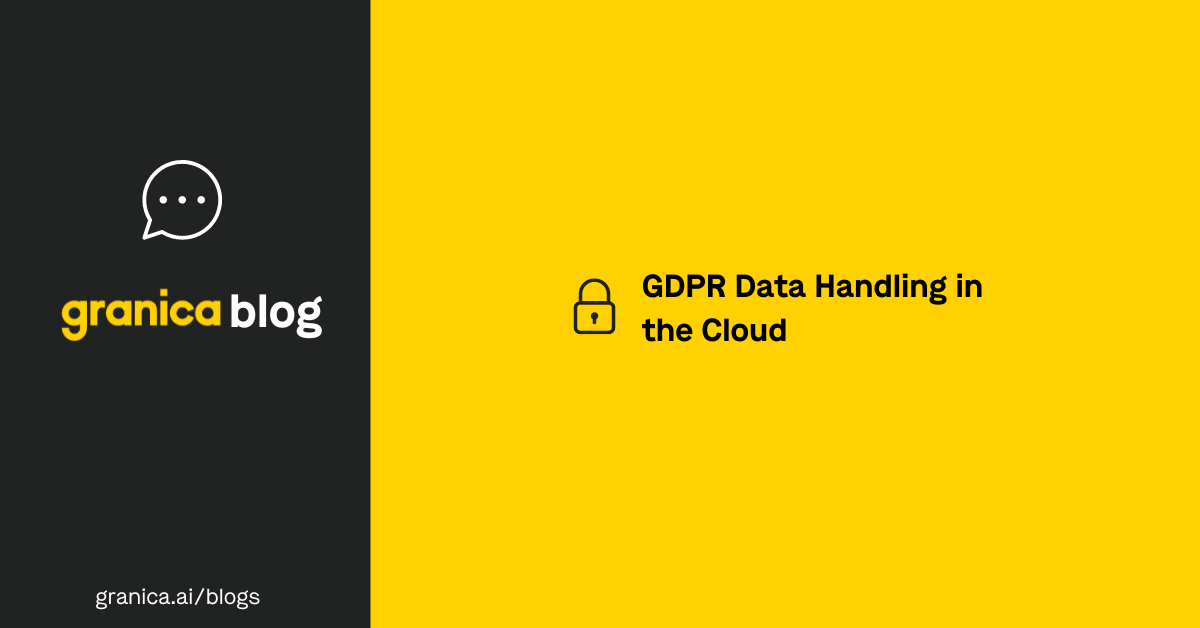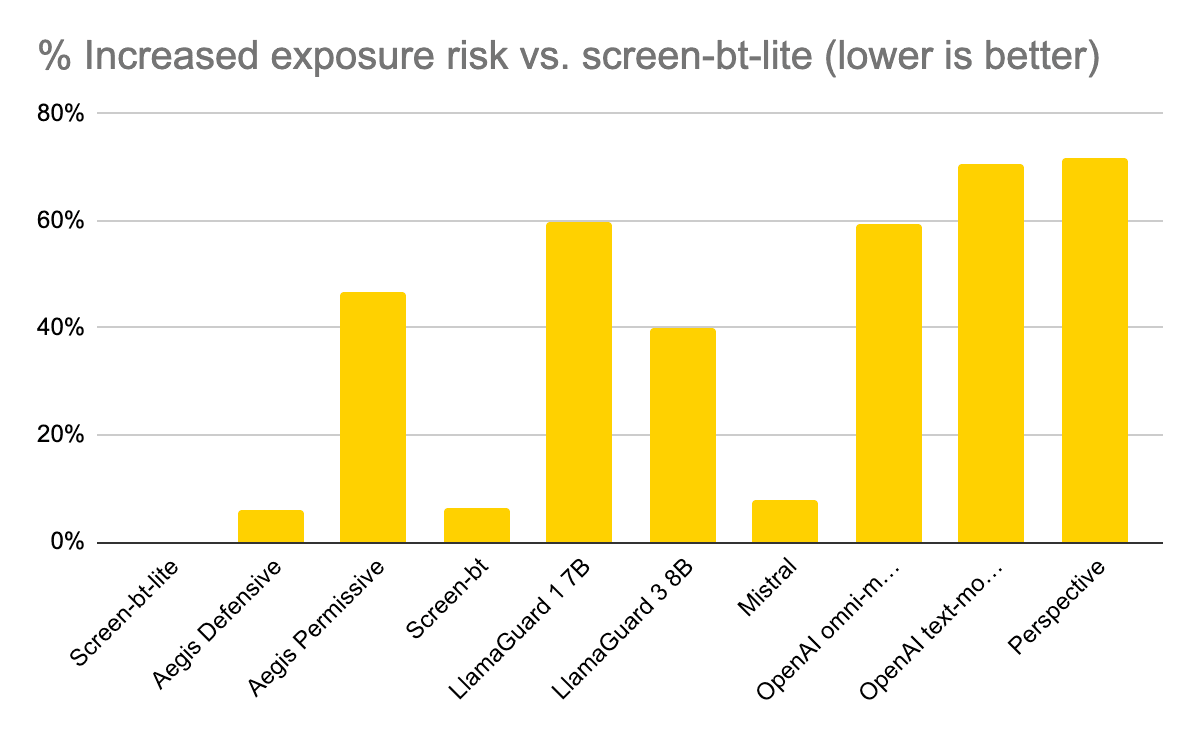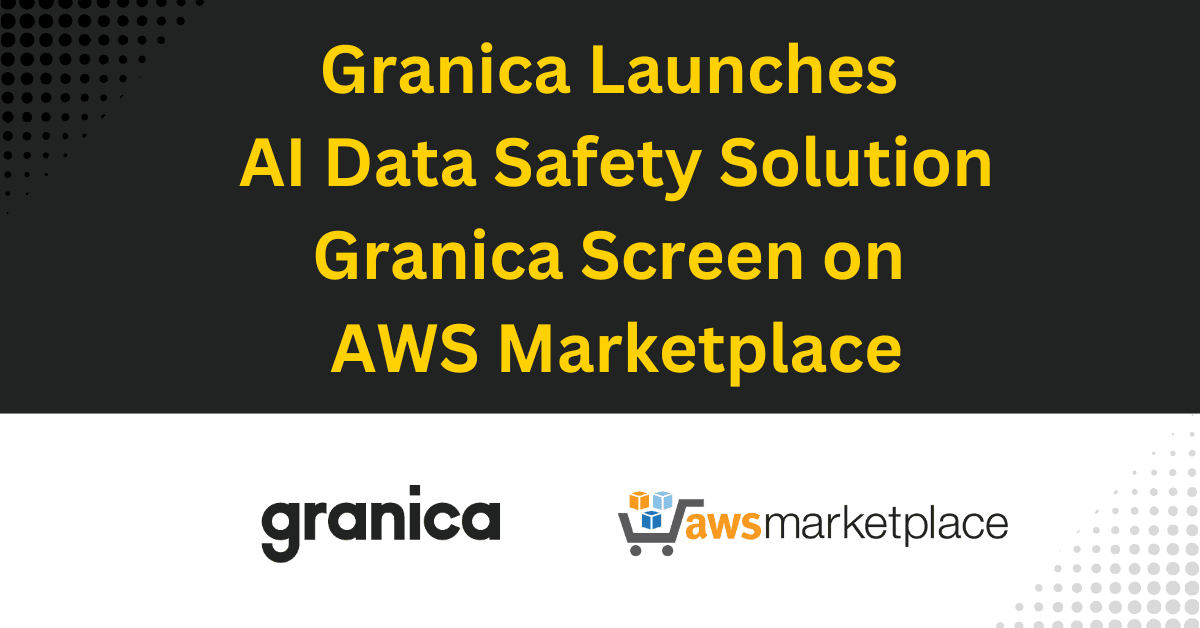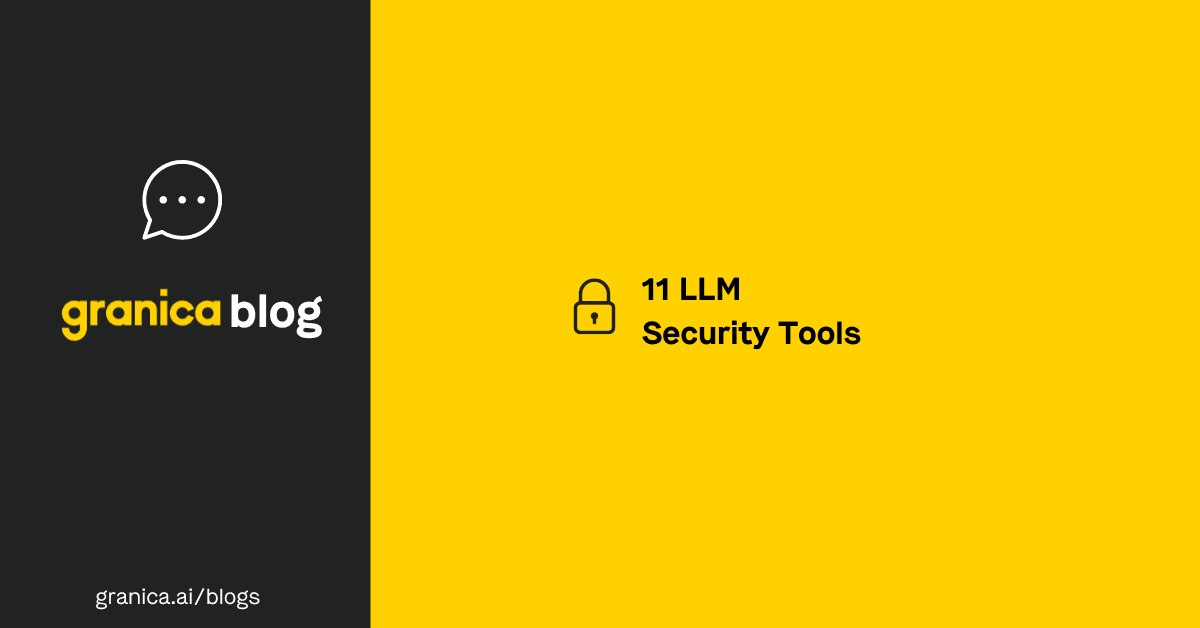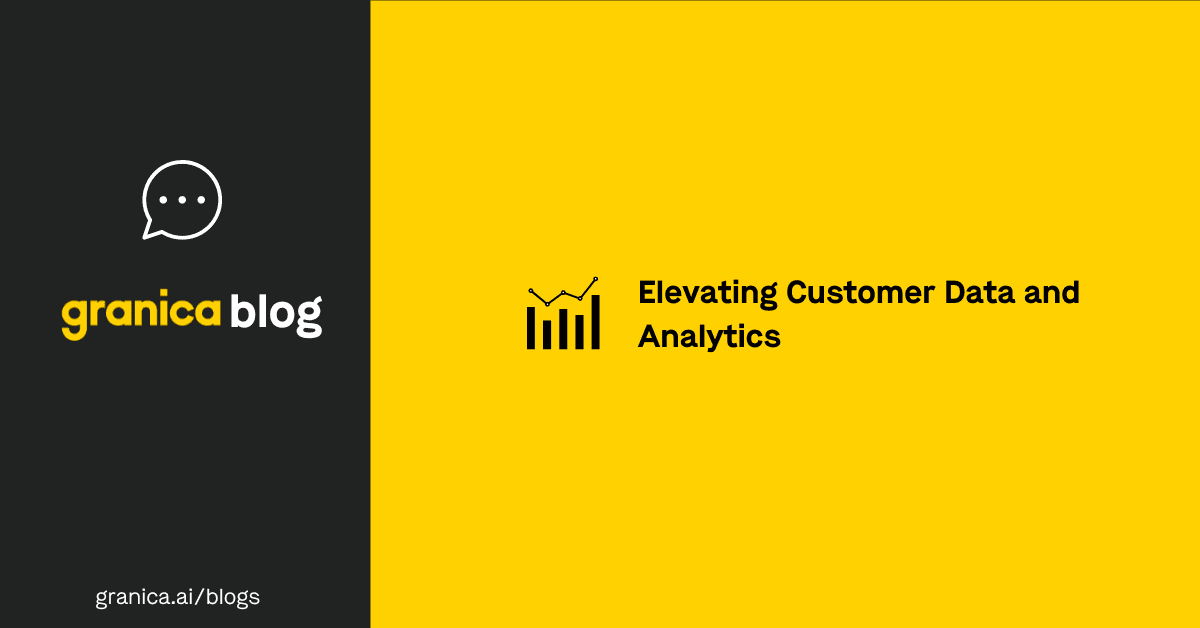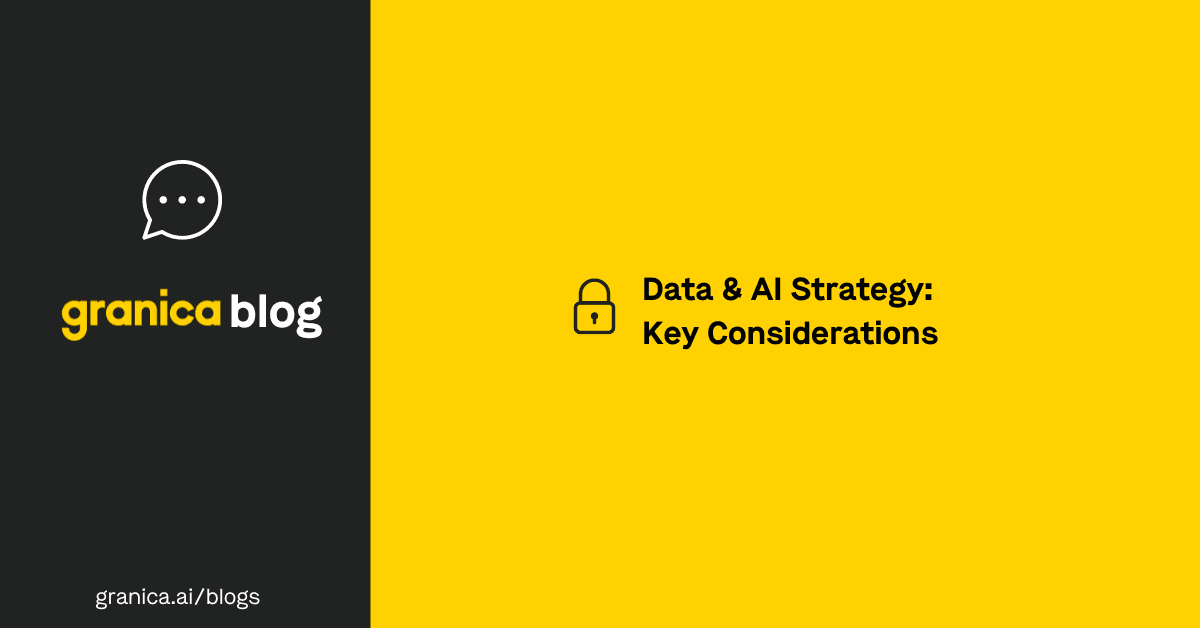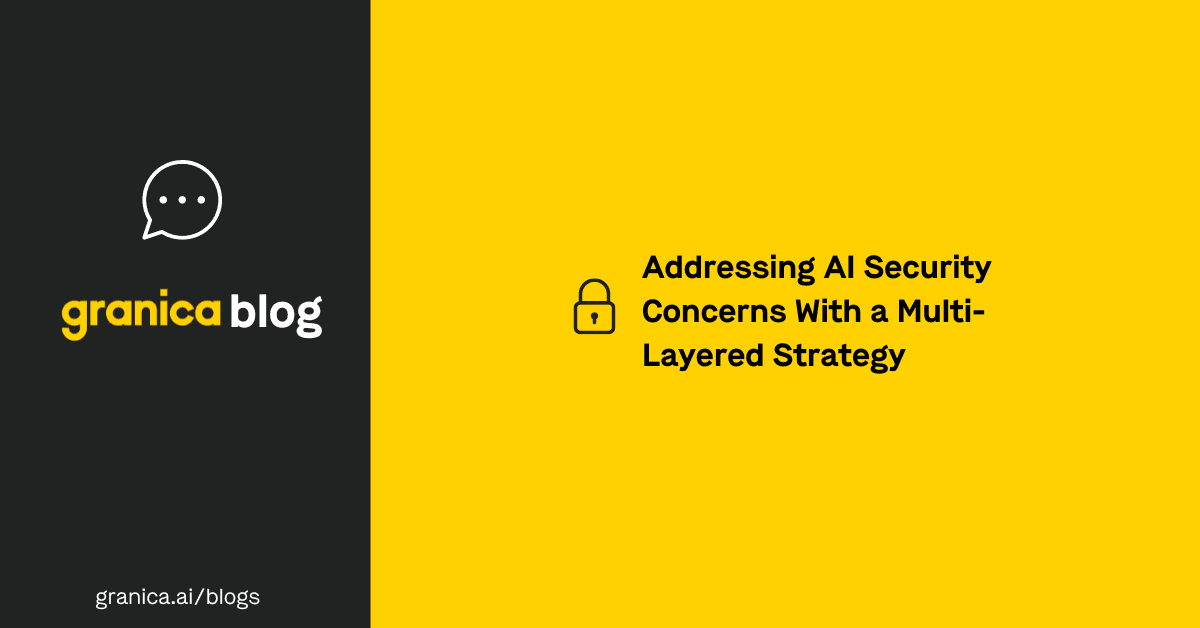GDPR Data Handling in the Cloud
The General Data Protection Regulation (GDPR) is one of the strictest data privacy and security laws in the world. While it originated in the European Union (EU), the law applies to all organizations that offer goods or services to members or residents of the EU. Fines for violating the GDPR are quite high — as much as €20 million or 4% of the organization’s global revenue, whichever is greater.
For this reason, it’s crucial to implement a GDPR data handling strategy correctly. This means addressing all of the GDPR’s exacting standards listed below.
| GDPR Data Handling Requirements |
|---|
| 1. Data processing must be transparent, fair, and lawful to the person whose data is processed. |
| 2. Data can only be processed for legitimate purposes, and these purposes must be stated explicitly to the person whose data is processed. |
| 3. Organizations can only collect and process necessary data for the stated intended purpose. |
| 4. Stored data must be accurate and up to date. |
| 5. Organizations can only store personally identifying information (PII) for the length of time necessary to perform the stated intended purpose (they must delete all PII after this point). |
| 6. Organizations must protect all data processed to ensure its confidentiality and integrity. |
| 7. Organizations must demonstrate GDPR compliance. |
To meet these requirements, organizations need to overcome a few cloud data privacy challenges using the latest data security best practices.
The challenges of cloud data privacy compliance
Cloud data privacy has always been a massive challenge, even before organizations had to follow GDPR data handling requirements. Protecting data in the cloud is more difficult than protecting data stored on-premise because:
- It’s hard to manage data security across multiple cloud service platforms.
- Misconfigured cloud security settings make cloud data more vulnerable to leaks.
- It’s hard to manage security for large data sets stored in cloud data lakes.
- Many genAI and large language model (LLM) training data sets contain PII that requires stronger protection than non-sensitive data.
- The GDPR and other data privacy laws have high standards for processing cloud data.
Organizations can overcome these data security challenges when they follow GDPR data handling best practices.
Best practices for GDPR data handling in the cloud
The following best practices allow organizations to meet GDPR data handling standards and promote stronger data security overall. Protecting PII enables organizations to use this data safely in genAI and LLMs, which leads to higher-quality products and services. It’s a win-win scenario.
| GDPR Data Handling Best Practices | Description |
|---|---|
| 1. PII data discovery and protection | Identify and protect PII using methods such as masking, truncation, encryption, or deletion. |
| 2. Encryption | Convert PII into hashed code that is only readable to authorized users with an access key. |
| 3. Data access visibility | Track which data is accessed, when, and by whom. |
| 4. Data security platforms | Use security platforms that automatically identify and protect PII. |
PII data discovery and protection
While organizations must limit the amount of data they collect and use, according to GDPR data handling laws, organizations must also ensure the confidentiality of any data they do collect.
First, organizations need to identify PII and then protect it using appropriate masking or redaction methods.
Methods for protecting PII
Redaction removes PII without replacing it with anything. Replacement replaces PII with a fixed value, e.g., [REDACTED]. Size-preserving replacement replaces PII with a value of equal length, e.g., “Tom” becomes “XXX” Named replacement replaces PII with an identifying label, e.g., [ADDRESS] Numbered replacement replaces PII with a numbered label, e.g., [EMAIL_1], [EMAIL_2] Encryption replaces PII with an encrypted value Format-preserving encryption replaces PII with an encrypted value in the original format, e.g., 2jfs*la@wspd.rm Synthetic data replacement replaces PII with a similar synthetic value of the same type, e.g., “Tom Adams” becomes “Richard Smith”
Identifying and protecting PII is no small task; it takes a great deal of time and resources to implement. Manual identification and masking are also prone to human error.
This is why organizations need a reliable PII data discovery and protection tool. An appropriate tool can use machine learning algorithms to automatically identify and protect PII according to GDPR laws. Third-party tools can also update security standards to reflect changes to the GDPR, ensuring organizations remain compliant. Additionally, organizations can use a data security tool to demonstrate GDPR compliance.
Encryption
The GDPR suggests using encryption to achieve compliance. This is because encryption is one of the most secure methods for protecting cloud data. Organizations are not required to encrypt data to comply with GDPR data handling laws, but it is mentioned as a possible (and strongly recommended) method of protecting PII. Encryption is an effective first line of defense, and organizations can use it in tandem with other PII protection methods, such as masking PII in real time when using AI models or LLMs.
To follow GDPR standards, encrypt all PII in transit (data moving from one system to another). Then, encrypt data at rest using secure access keys.
Data access visibility
GDPR data handling rules require organizations to control data access and ensure this access is transparent. This includes tracking and recording:
- Which data is accessed or modified.
- When the access or modification occurred.
- Which individuals accessed or modified the data.
The best way to demonstrate GDPR compliance and control access is to establish a strict data access policy. This may include least-access policies or zero-trust security models. From here, organizations can encrypt data to prevent unauthorized access. Then, using a data security visibility tool, organizations can monitor data access across the cloud platform and address breaches or anomalies immediately.
Data security platforms
The best data privacy tools combine each of these GDPR data handling strategies under a single platform. This makes it easy to manage data access permissions, visualize access data, introduce stronger policy-based access controls, and prevent data leaks.
At minimum, look for a data security platform that:
- Automatically identifies PII and other sensitive data based on GDPR data handling rules, company policies, and/or other compliance standards.
- Masks, de-identifies, or otherwise protects data according to GDPR requirements.
- Protects data in all regions from which the organization gathers data.
- Supports multiple languages (especially important for organizations gathering data in EU countries where English is not the primary language).
To follow all four of these GDPR data handling best practices, organizations can use a best-in-class cloud data privacy platform like Granica Screen.
Cost-effective GDPR data privacy with Granica
Granica Screen is a cost-effective data privacy service that protects PII and other sensitive data. Granica Screen helps organizations achieve GDPR data handling compliance by:
- Discovering PII and sensitive data, which includes real-time scanning of training files stored in cloud data lakes and lakehouses.
- Masking all PII and sensitive data, including data used in LLM prompts and responses.
- Using masked data to retain and improve the accuracy of AI models and LLMs.
- Protecting a variety of data across 100+ languages and in 25+ regions, including the EU.
- Deploying entirely inside customers’ cloud environments, ensuring data stays under the organization’s control.
- Operating in tandem with the entire Granica platform, which includes data visibility tools like Chronicle AI.
Using tools like Granica Screen and Chronicle AI, organizations can unlock more data for use in genAI and LLMs while fully addressing the high standards of the GDPR.
Get a demo of Granica Screen to follow the latest GDPR data handling best practices and unlock valuable data for use in genAI.
